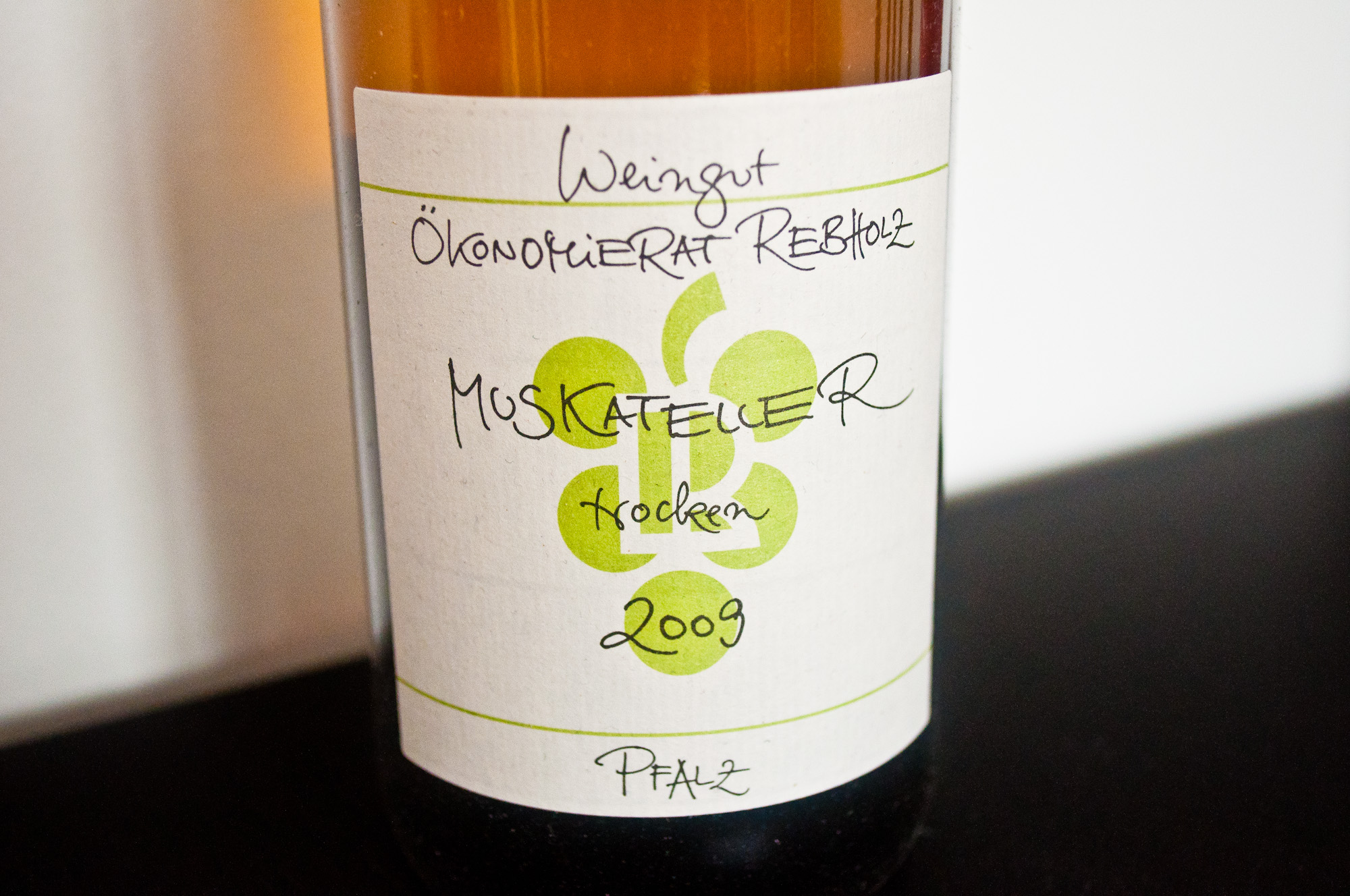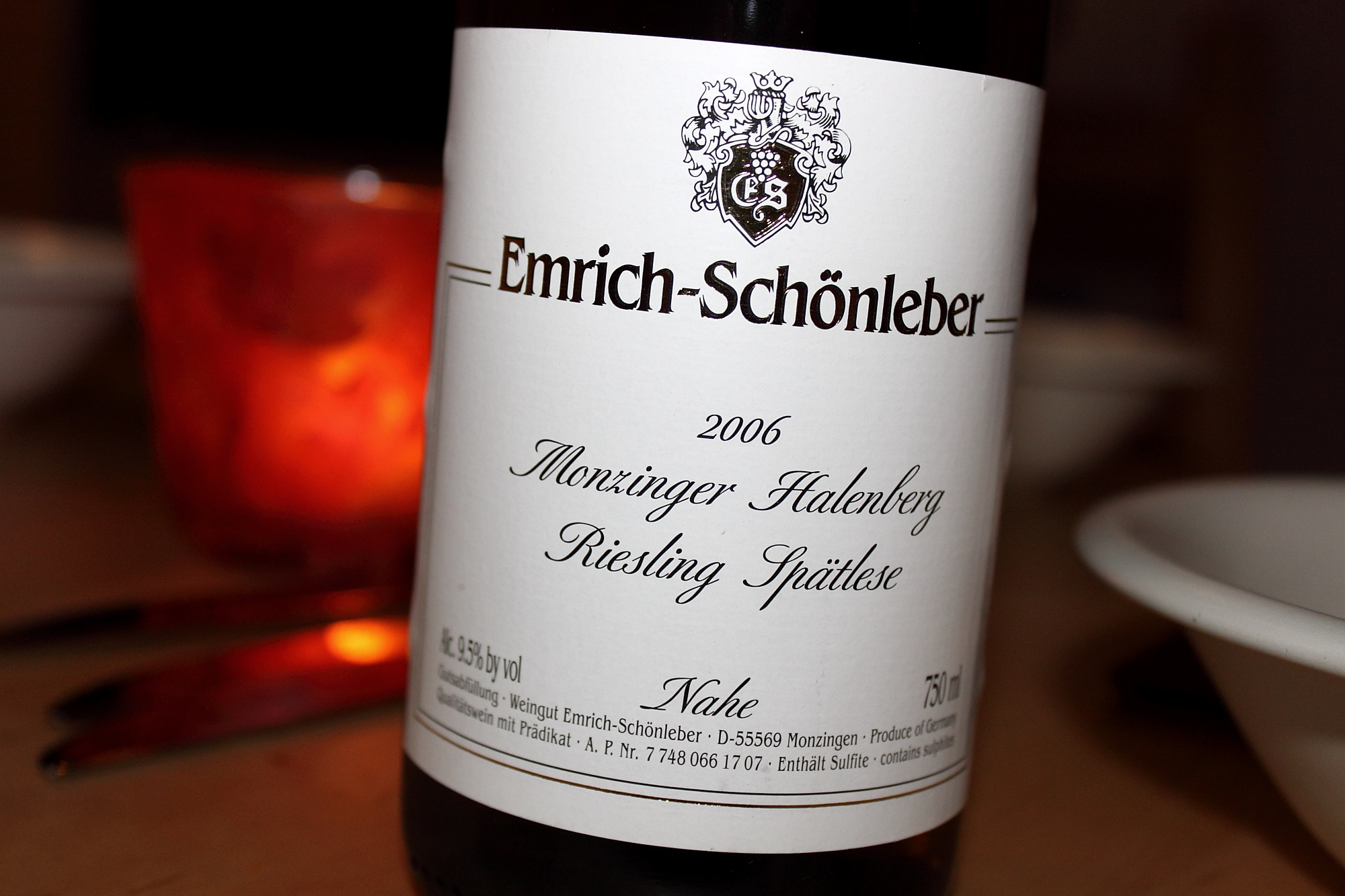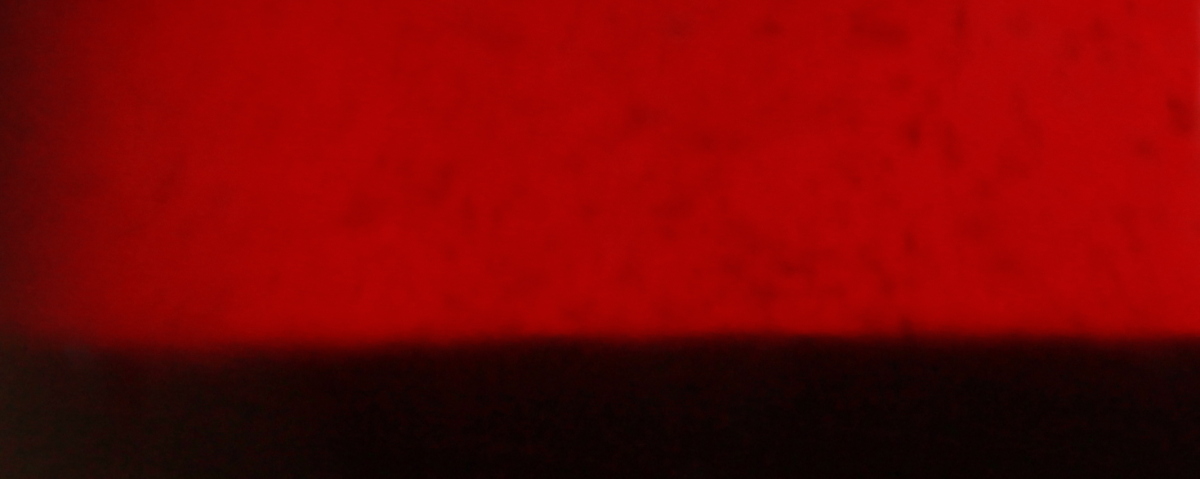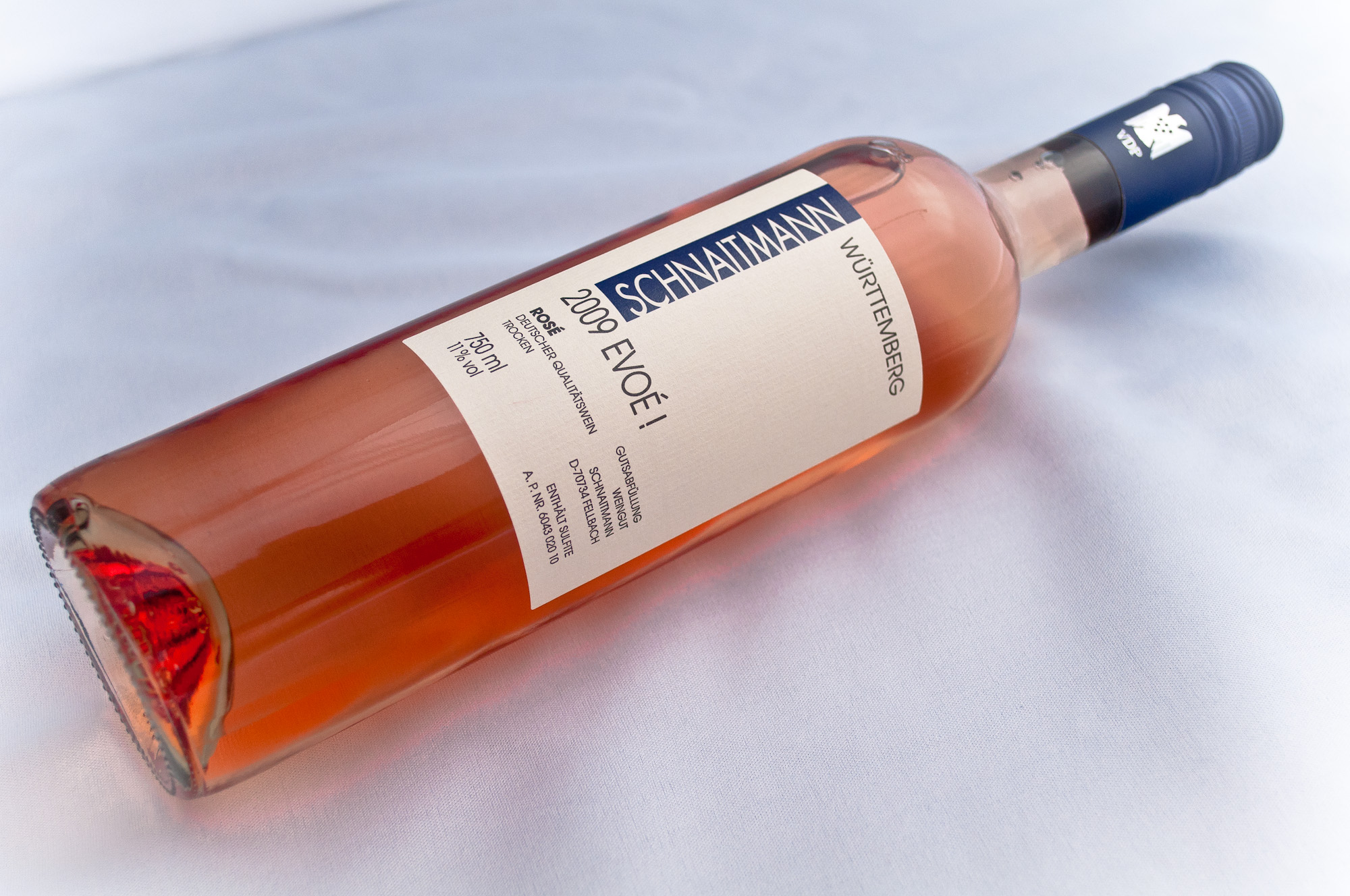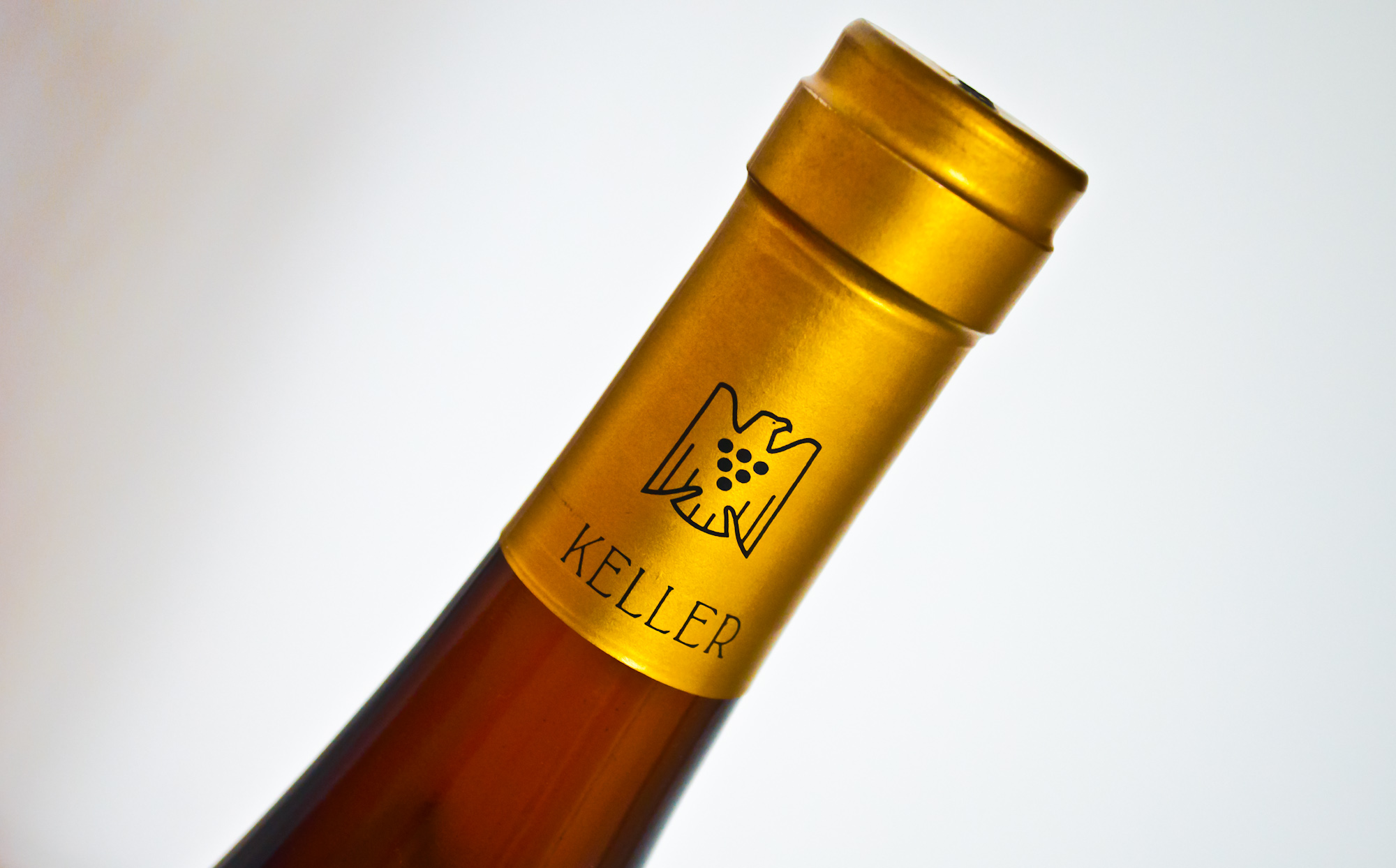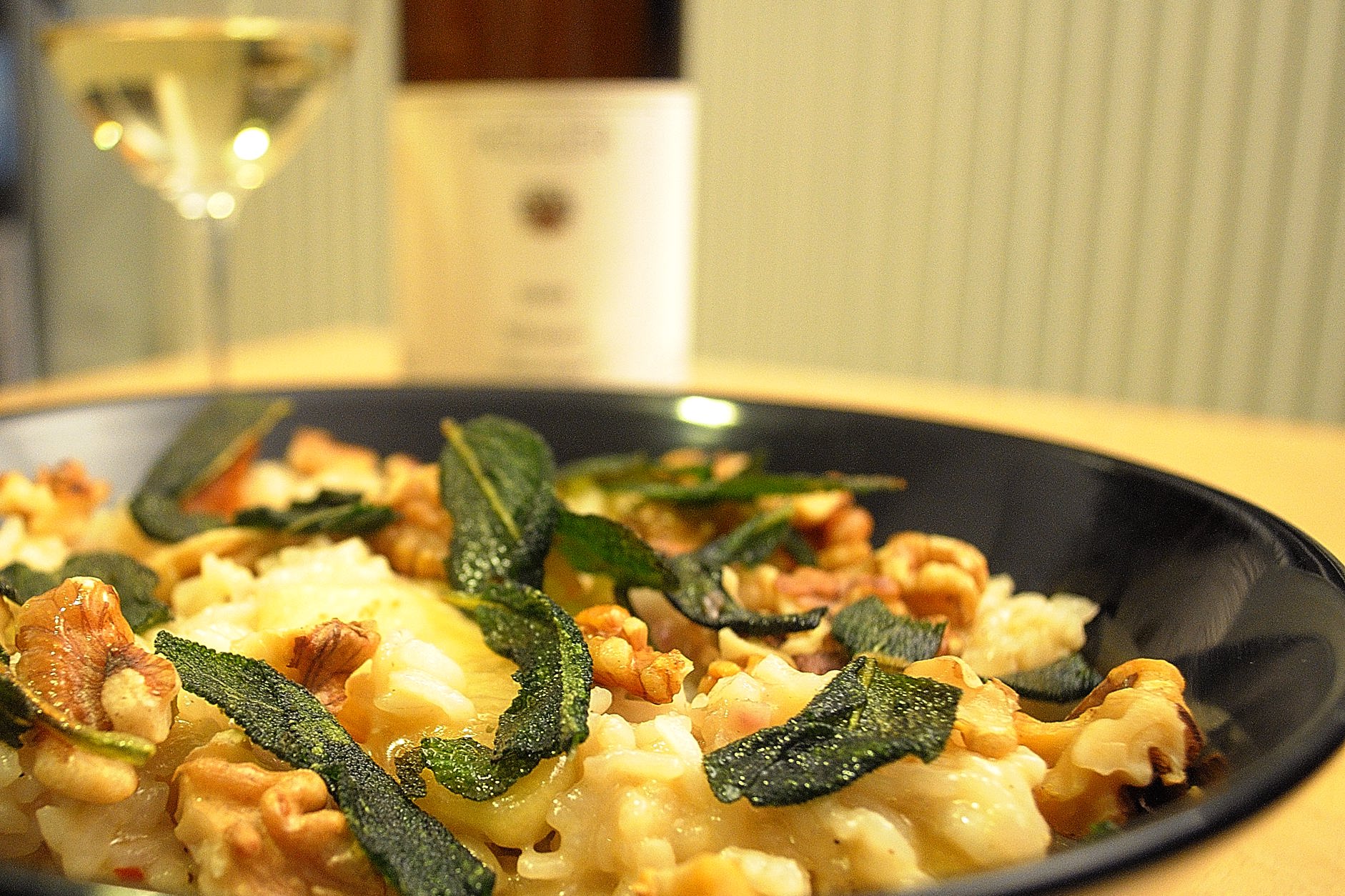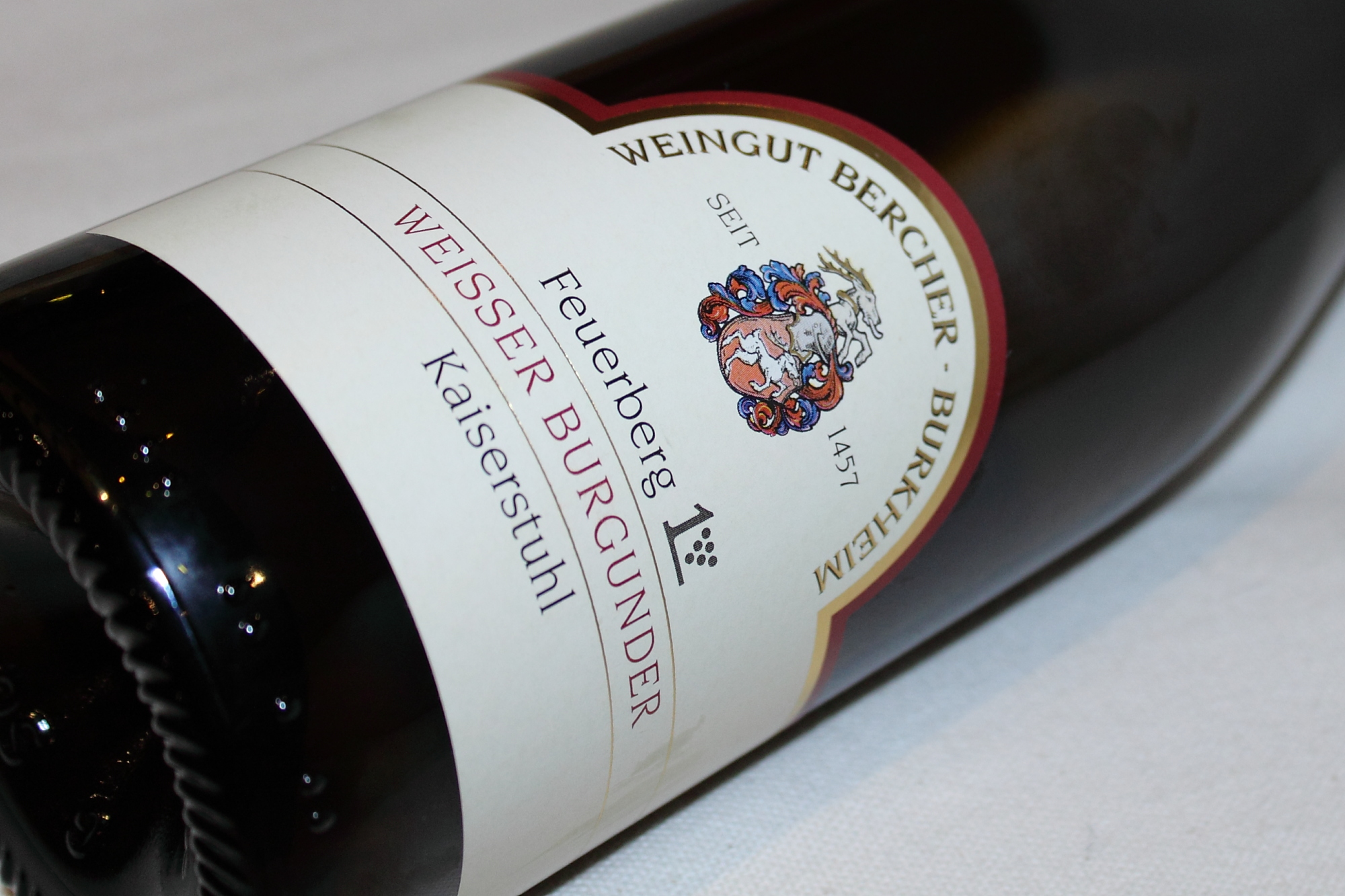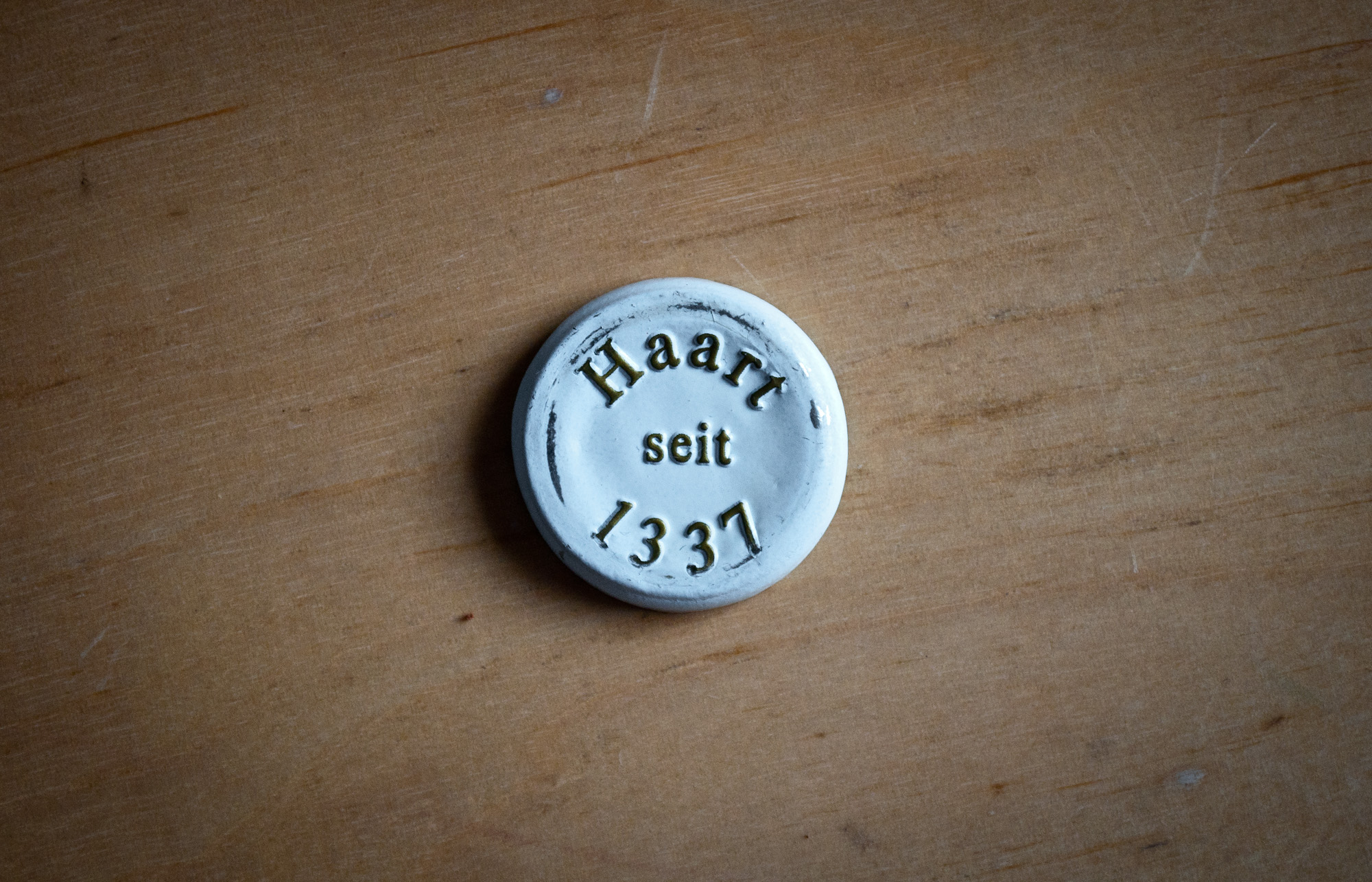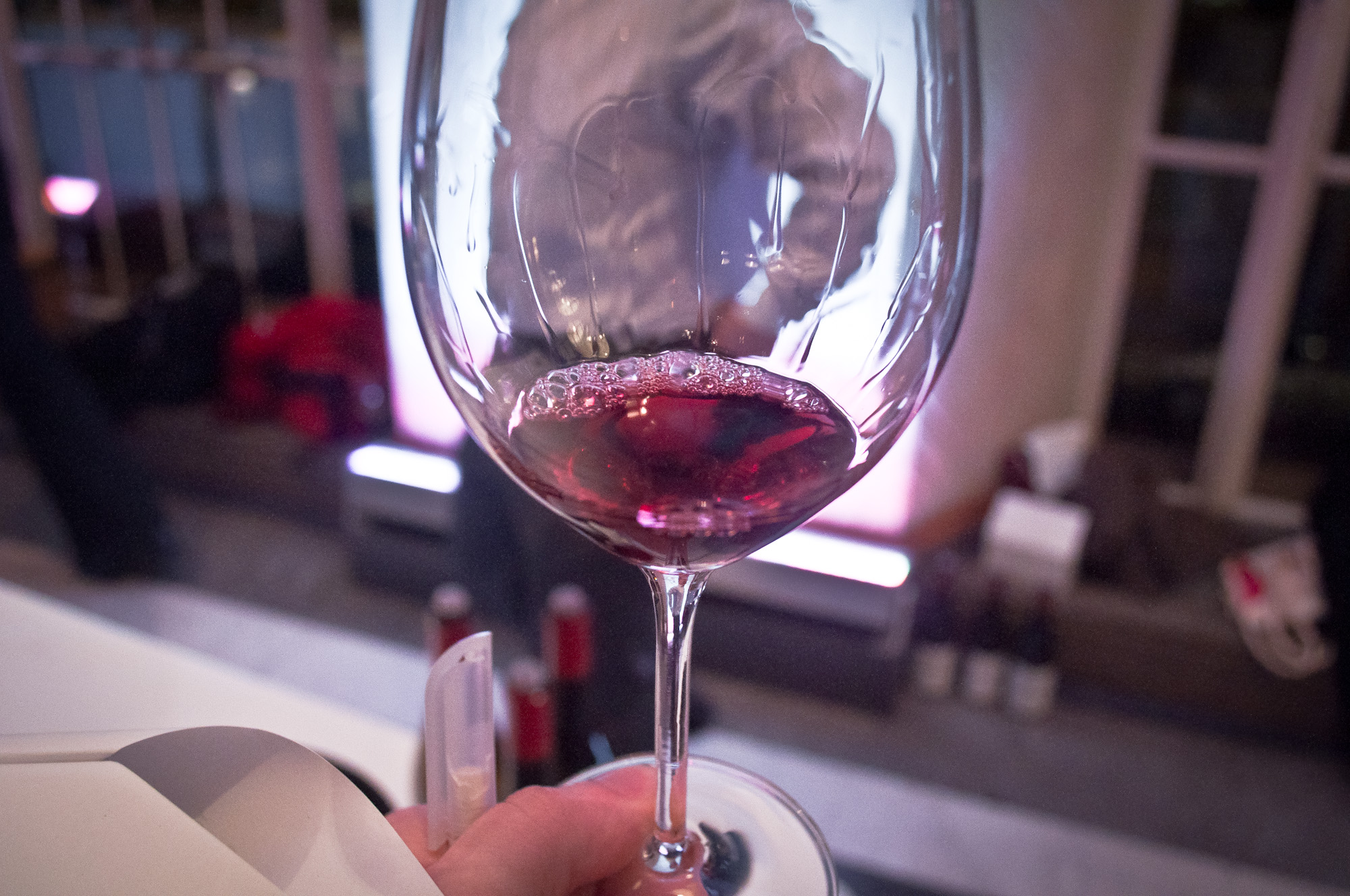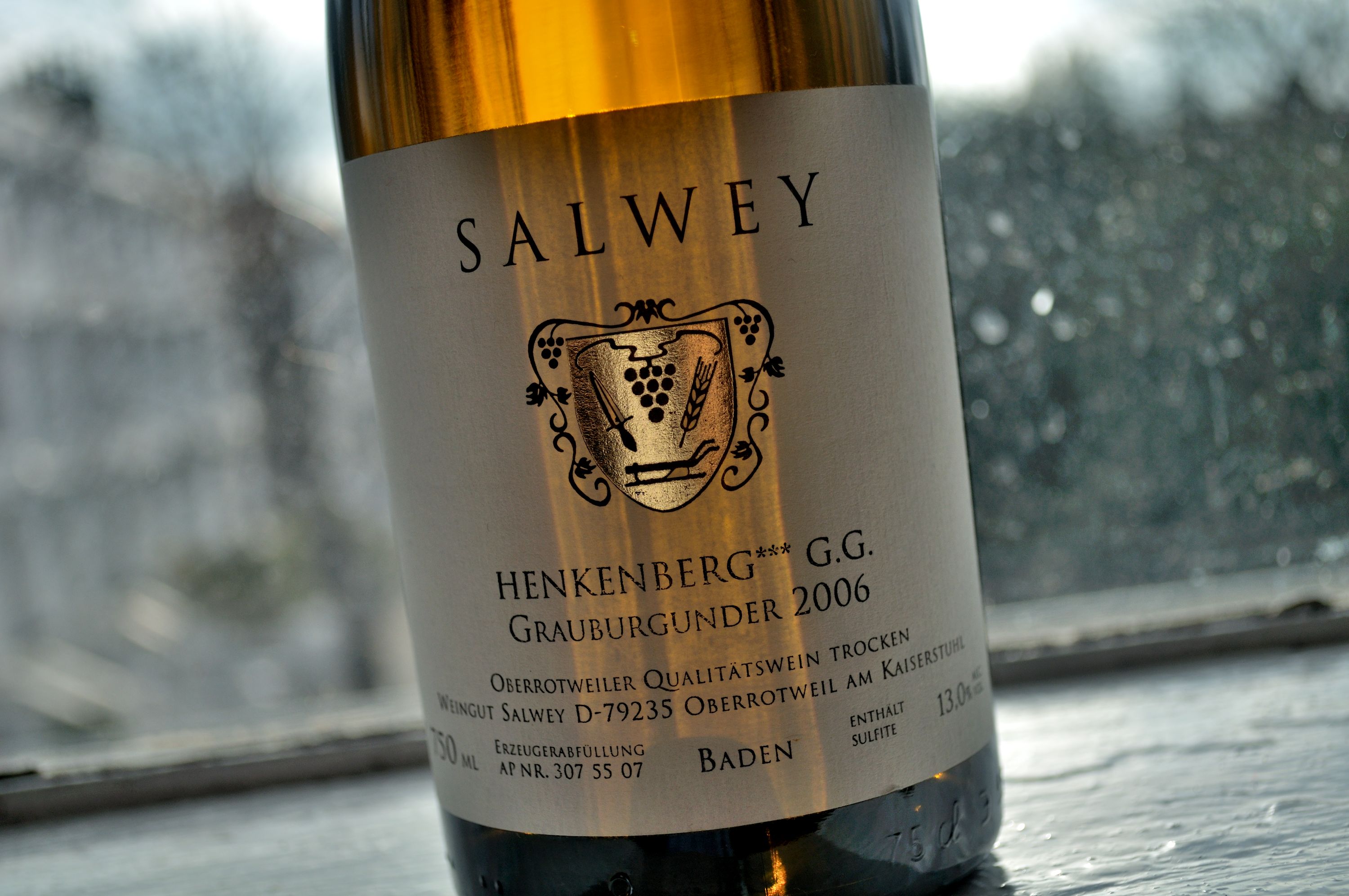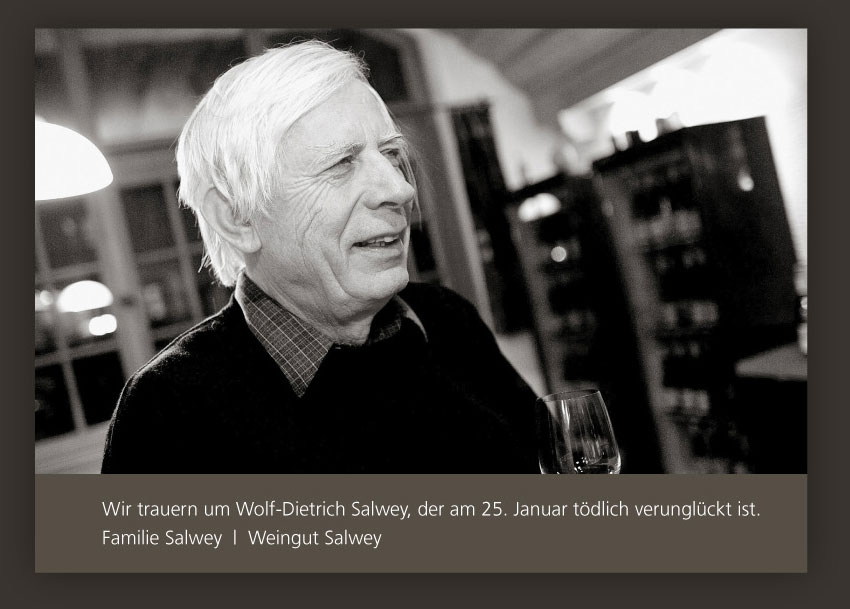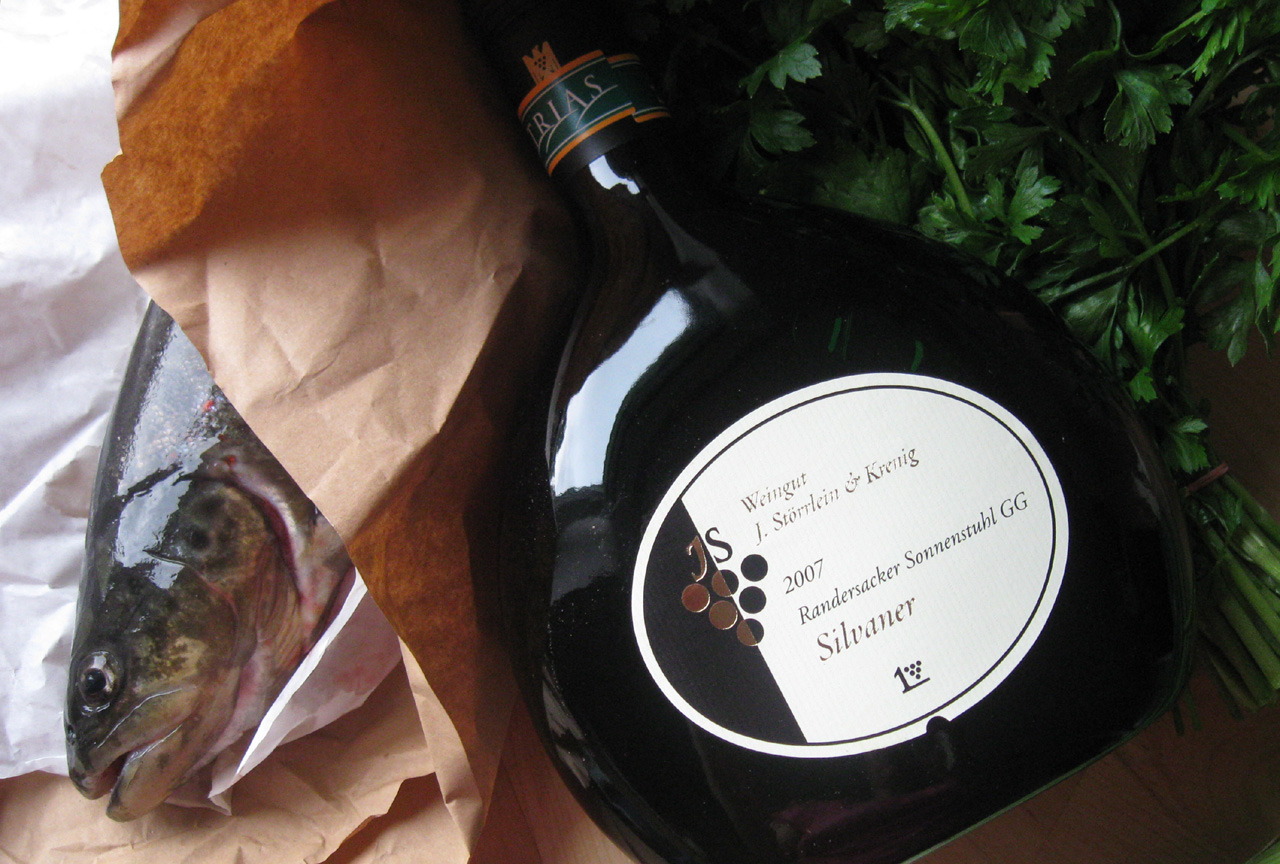The 72% Wine Ramblers and their New Year's resolutions: 2010 (revisited) and 2011
It is that time of the year. All sorts of promises are given and resolutions made. Interestingly, no one seems to ever revisit last year's resolutions and reflect on what has or has not been achieved. Maybe this is because only 12% of us still stick to a resolution after a year's time, as we learned when considering what to do with the wine year 2010. Historians by trade, we Wine Ramblers are brave enough to use the historical-critical method to look back at what we set out to do in 2010 and then develop a plan for what to do with the wine year 2011.
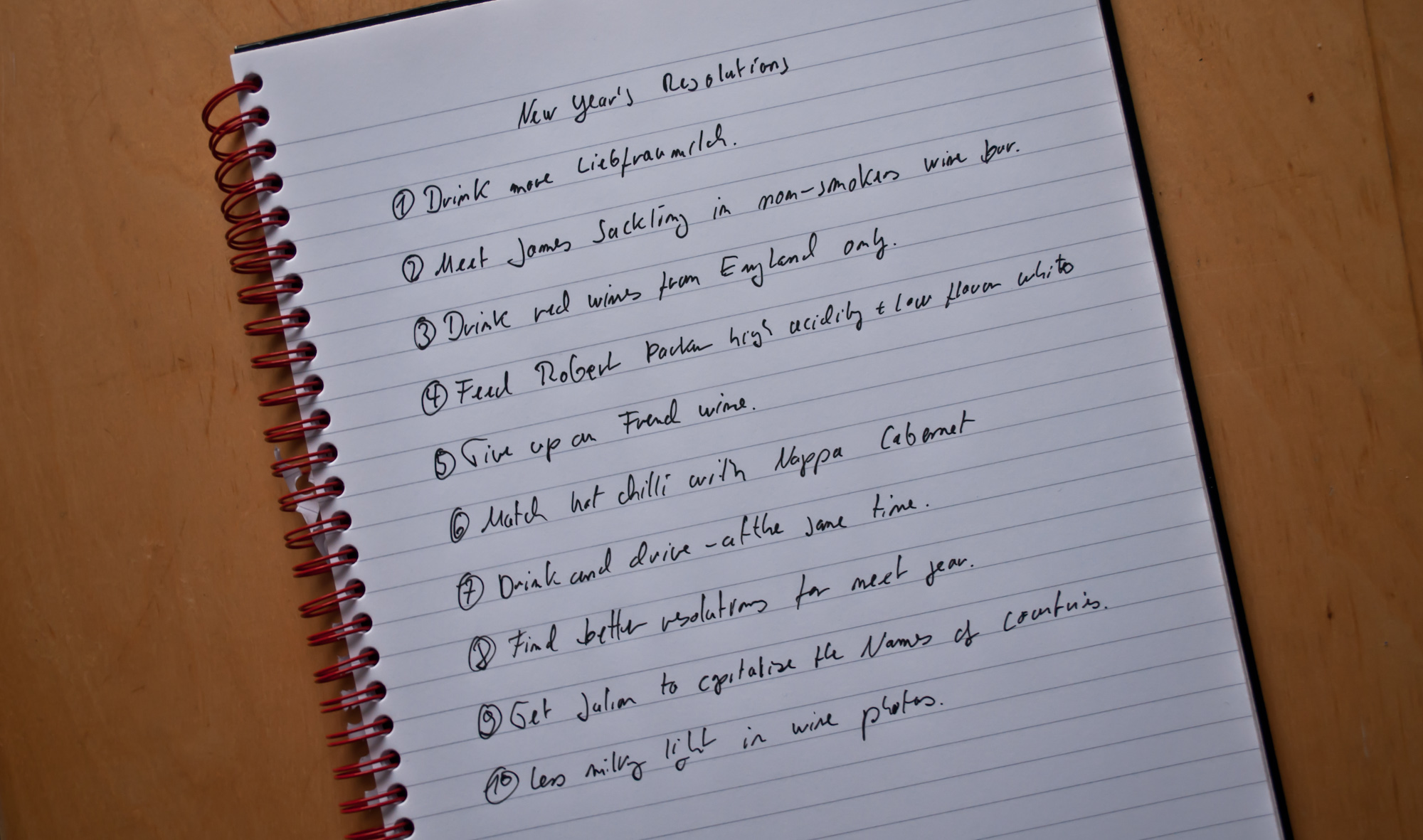
The 12%-study we consulted last year also told us that boys were better with resolutions considered helpful for pulling girls. Interestingly, one of our resolutions - to try more Swabian wine - wasn't totally unsuccessful in this respect

